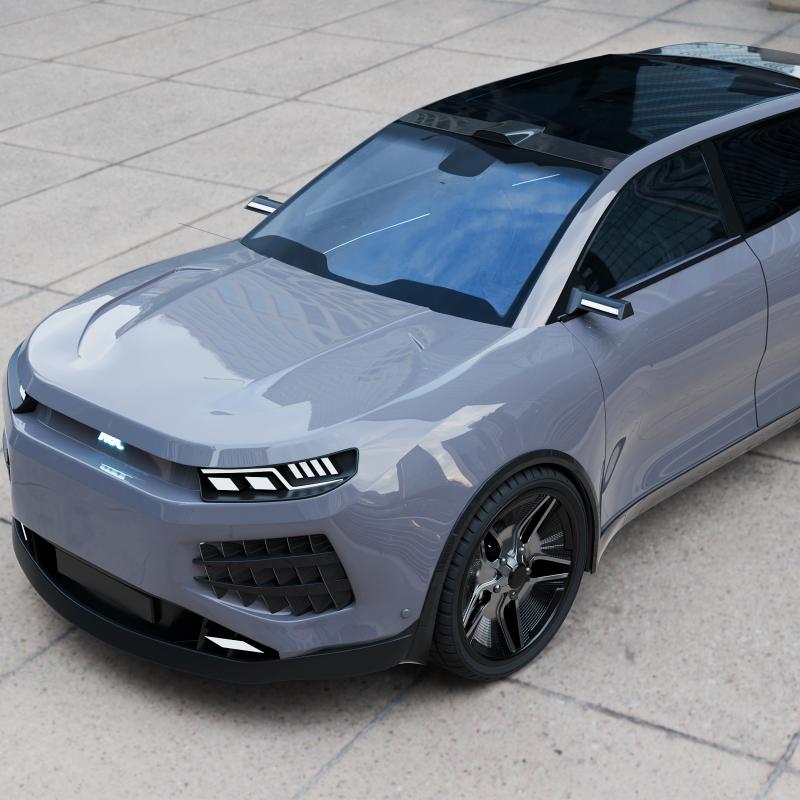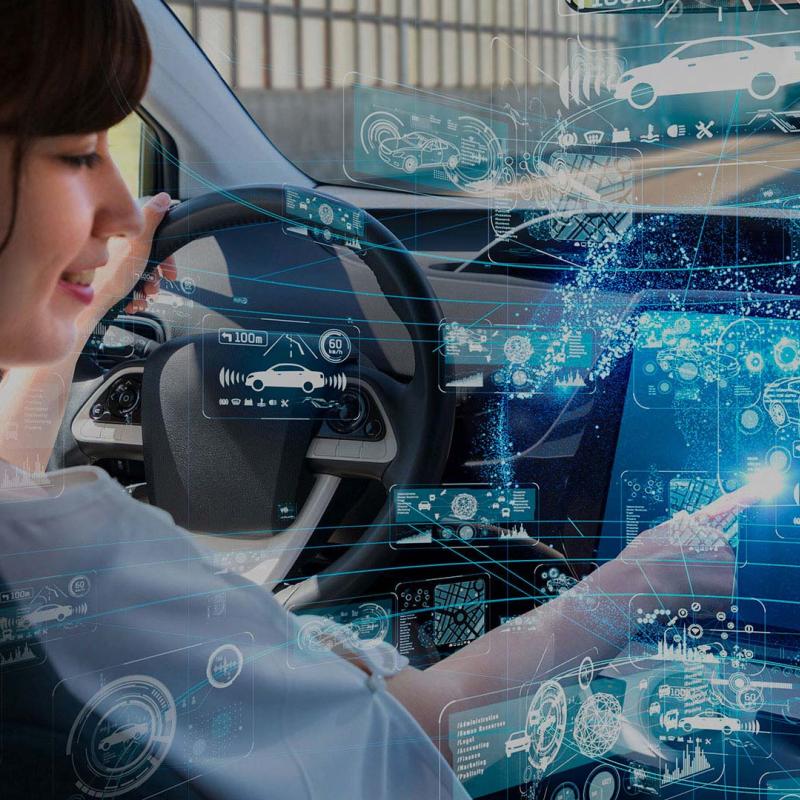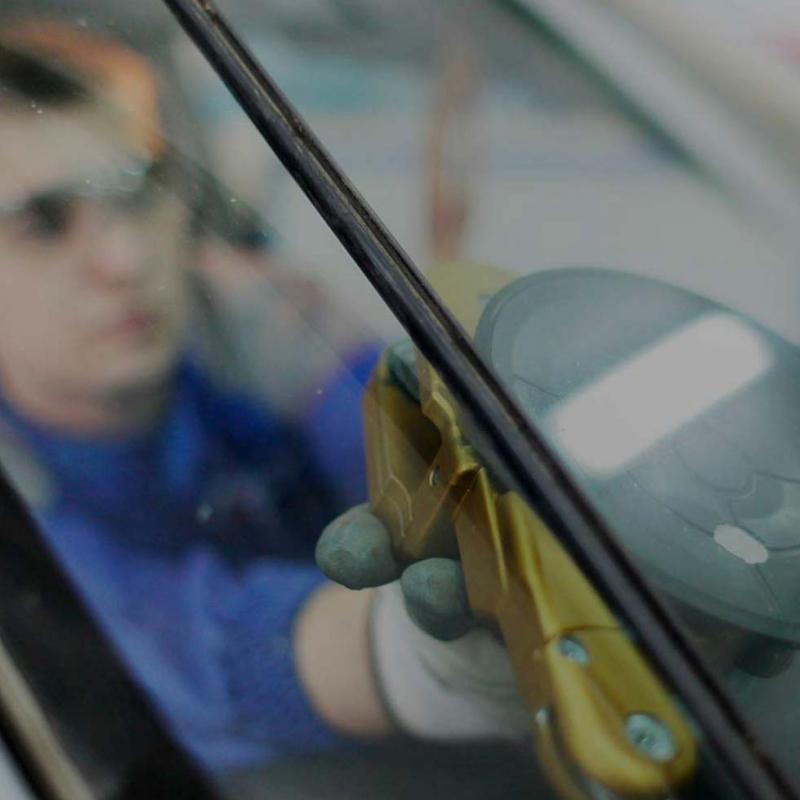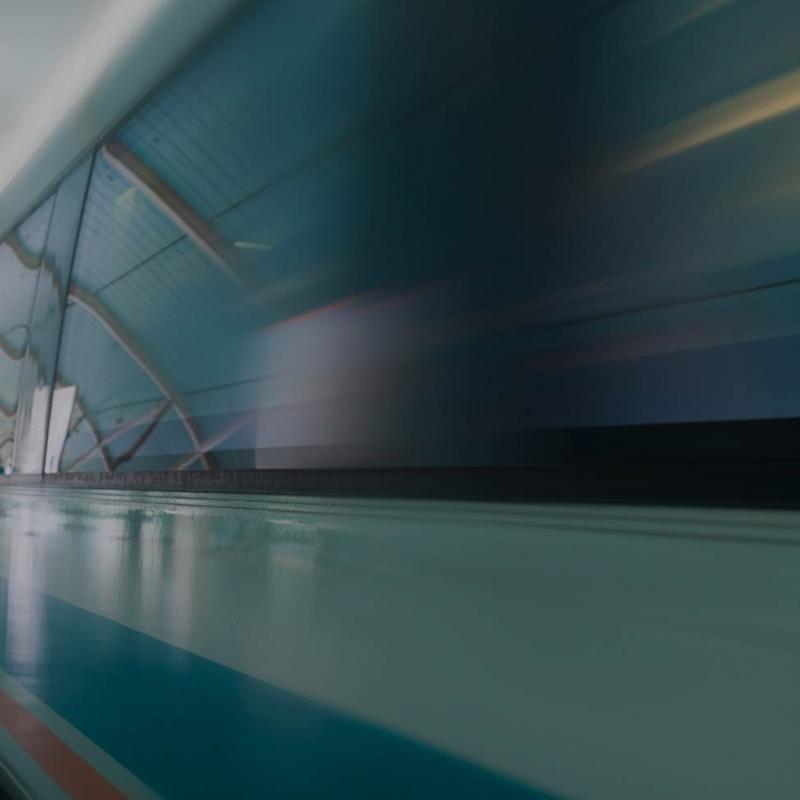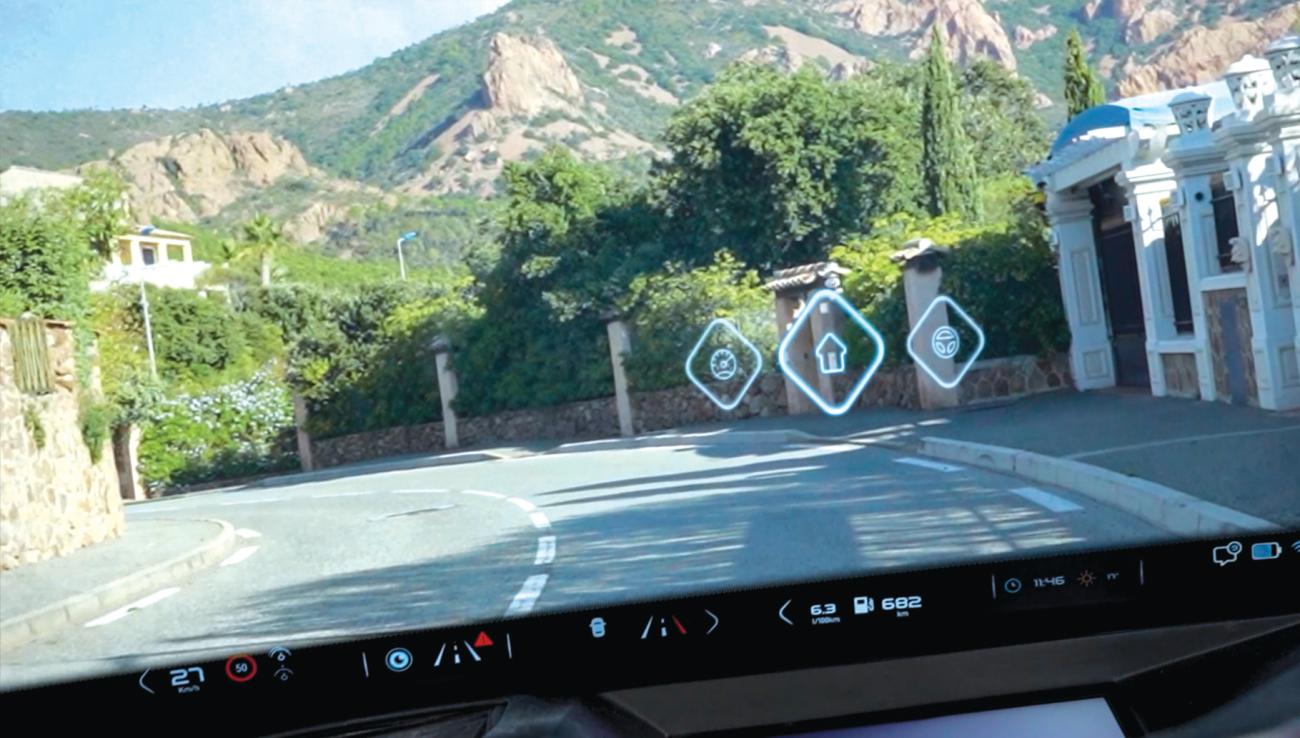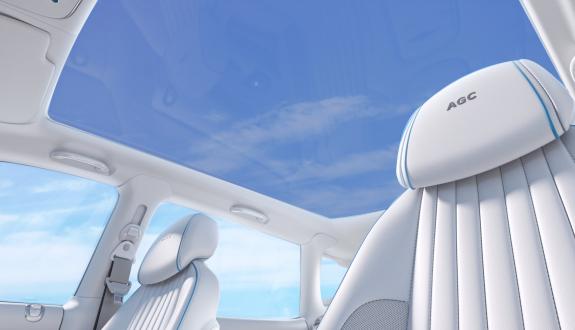AGC Automotive glass solutions, driving clearly ahead
As vehicle design has evolved, glass now covers more than ever before. That glass has evolved too, enabling better vision, clearer communications and greater safety & comfort. Discover the wide range of AGC's advanced glass solutions for the entire vehicule set.
Energy Efficiency
In order to address the urgent need to reduce car CO2 emissions, advanced glass technologies such as coated glazing are essential. These solutions provide heat control and thermal insulation, leading to a significant improvement in energy efficiency. AGC Automotive's heat control glass, for example, guarantees comfort and safety for drivers and passengers in all seasons, representing a major advancement in automotive innovation.
Connectivity
With the growing demand for connectivity, the shift towards fully connected cars becomes essential. Automotive glazing is leading this transformation by seamlessly integrating multiple invisible antennas into the car's design. This integration not only ensures connectivity but also maintains the vehicle's aesthetic appeal.
Furthermore, to support the transition to 5G connections, we are actively testing new solutions. AGC Glass Europe has made significant investments in advancing this technology, including the installation of an Anechoic chamber. This state-of-the-art facility enables AGC Glass Europe to provide comprehensive services for antenna design. The chamber's capabilities result in shorter development times and, consequently, lower costs, facilitating the smooth integration of advanced connectivity features into automotive glazing.
Autonomous Cars
Significant progress is being made in the field of autonomous vehicles, with sensors and LiDARs playing pivotal roles in ensuring safe operation. Glass emerges as the ideal material for accommodating these sophisticated devices, provided it meets their stringent requirements. AGC glass stands out as a prime candidate, offering the necessary attributes to support the seamless integration of sensors and LiDARs into autonomous vehicles.
Furthermore, advancements such as the head-up display enhance the driving experience by keeping drivers focused on the road. With vital information like speed, GPS navigation, and radio channels displayed directly in the driver's line of sight, distractions are minimized, contributing significantly to safer driving practices. This becomes especially crucial in navigating complex traffic conditions, where maintaining attention on the road is paramount for ensuring the safety of both occupants and pedestrians.
